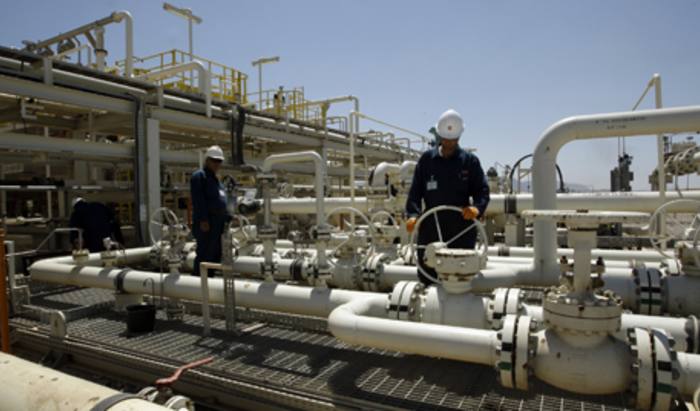
Ageing infrastructures in the developed world and lack of infrastructure in many emerging markets are a source of concern worldwide.
Donald Trump won the US presidency with a mandate to stimulate growth, and create new jobs by improving the country’s ageing US infrastructure, while in the UK prime minister Theresa May announced a £4.7bn fund to pay for initiatives including research and development into smart energy technologies, robotics, artificial intelligence and 5G mobile network technology.
A study, published last year by the Global Commission on the Economy and Climate, claimed a gigantic overhaul of the world’s buildings, public transport and energy infrastructure, costing in the region of $90trn (£72trn), is required if dangerous climate change is to be avoided.
The report found that more than 60 per cent of the world’s greenhouse gases are associated with ageing power plants, roads, buildings, sanitation and other structures. With 131 countries committing to the Paris Climate Agreement at COP21, and pledging to dramatically reduce their carbon footprint – mostly through development of low-carbon energy and transportation infrastructure – it is vital that future infrastructure projects are both sustainable and climate resilient.
Both the G20 and the Organisation for Economic Co-operation and Development (OECD) are exploring how to direct more investment into infrastructure, which can present an attractive opportunity for long-term capital. Emerging markets in particular will require substantial investment in green infrastructure to mitigate and adapt to climate change and support development objectives.
Properly done, infrastructure investments multiply productivity and efficiency in both the public and private sectors and foster economic growth, while contributing solutions to environmental challenges such as the need to be climate resilient.
From the newly expanded Panama Canal, to Iraq’s new skyscraper known as The Bride, which will feature a ‘veil’ of solar panels and produce as much energy as it consumes, to the Hyderabad Metro Rail, which will finally bring communication-based train control to India, new infrastructure projects are utilising state-of-the-art technologies and innovation to improve their sustainability and carbon footprint.
The fast-growing demand from emerging economies for infrastructure investment, coupled with a significant gap in bank financing, has created an enormous need for institutional capital, so policymakers must work with the private sector to find new models for financing for infrastructure activities.
“Investing in sustainable infrastructure is essential to solve all the world’s most pressing problems,” noted Felipe Calderón, former president of Mexico and chair of the Global Commission.
“It’s key to reigniting global growth. It’s key to reducing poverty. And it’s key to meeting the Paris agreement.”
In response to the growing interest among infrastructure investors to address risks and opportunities presented by sustainability changes such as climate change, inequality, human rights and corruption, the Principles for Responsible Investment launched a new infrastructure workstream, focusing mainly on private debt and equity investments in infrastructure.






